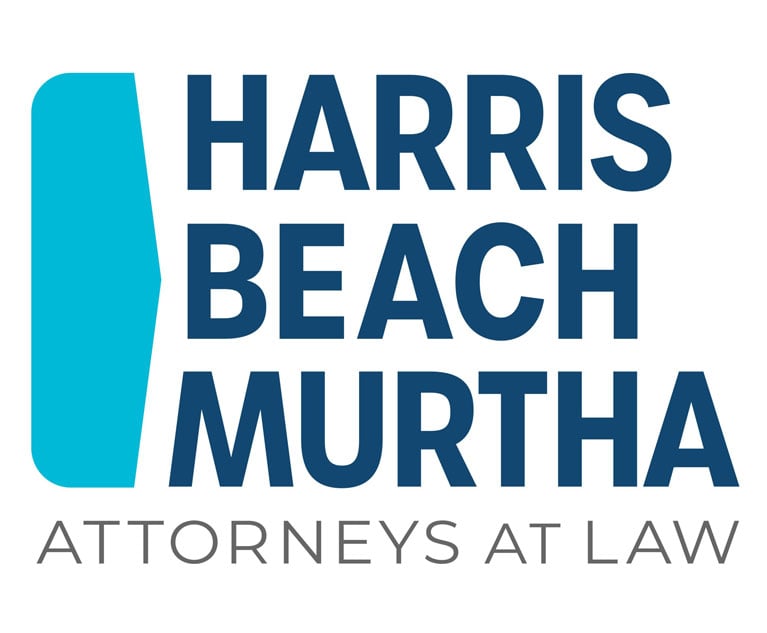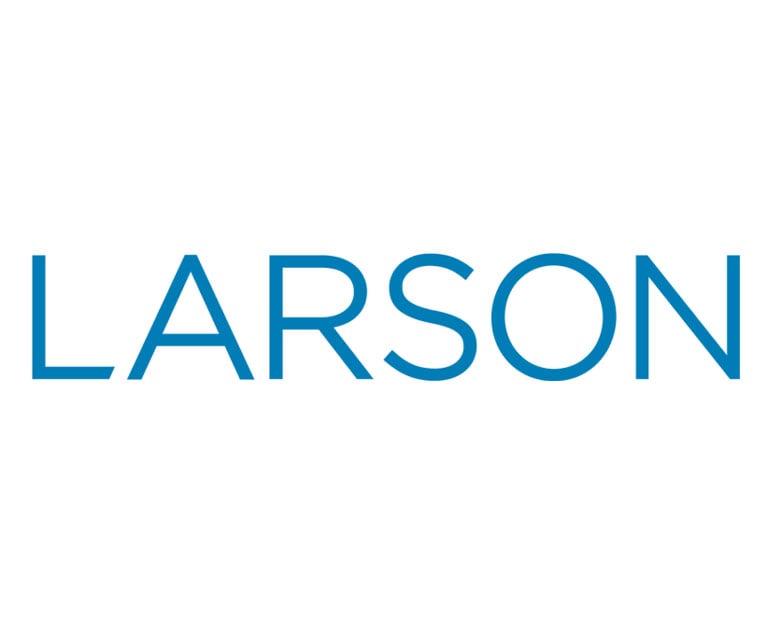28. Generational Communication Issues Help Biz Dev, Hurt Talent Retention
Generation Gap Part 2: Complete Comms + Talent Wars Many managing partners don't understand what their kids are saying to each other, far less their grandchildren. The same gap can exist between law firm leadership and junior associates. Yet, the communication gap is bridgeable.
May 10, 2024 at 08:53 AM
3 minute read
The original version of this story was published on Lean Adviser
We pick up our mini-series on the generation gap, with a look at how communication challenges can affect client dealings and staff retention.
Let's start with clients. We've spoken in these briefings about transitioning, including a feature on the last and possibly most difficult transition of all, leaving the law. In that piece, we discussed the phenomenon of how our careers are often in sync with our clients. The associate who develops a relationship with a junior member of the in-house team may later become partner and GC. But when the GC retires, the partner has a problem.
Here lies the under-recognized importance of being from the same generation. As the associate and in-house lawyer journey in parallel, they have a natural ability to understand each other and to speak the same language. The smart associate will, of course, also learn the jargon, shorthand and acronyms of the client's world.
As we discuss in Lean Adviser, the first building block of any durable relationship is communication. When it comes to clients, this calls for what we call "complete communication," from curiosity, to active listening, to empathy and then to relevant responsive action.
In the client's mind, this manifests as reliability and trust. This is the key. Remember our first rule of thumb, clients don't remember much of what you write, or even what you say, they only remember how they feel.
Our point, as ever, is a simple one, but worth making. Being of the same generation as your client is a head start, but you must take advantage of it. This is where methods matter. The formal terminology for this is Legal Project Management, but in reality it's just optimizing your day-to-day operating methods.
Which brings us round to talent wars, and the different generational perspectives between firms and associates. In Part One of this series, we looked at WFH as a topic in itself, within the generational discussion. Communication across a generational gap plays a big role in hiring and retaining talent.
Many managing partners don't understand what their kids are saying to each other, far less their grandchildren. The same gap can exist between law firm leadership and junior associates. It has always been that way. This is precisely why many firms have associates' committees, and why some even invite associates to meet candidates. After all, they can often sell the role and the firm better than the partners. Our profession has too many disconnects, and generational communication is yet another. Yet, the communication gap is bridgeable. Younger associates know what it is about the firm's culture and methods that will appeal to new hires and younger lateral targets. Bring them into the conversation. The middle-aged partner trying to espouse what they think is attractive to the candidate, or the candidate trying to convey work-life expectations, are much less likely to resonate.
NOT FOR REPRINT
© 2025 ALM Global, LLC, All Rights Reserved. Request academic re-use from www.copyright.com. All other uses, submit a request to [email protected]. For more information visit Asset & Logo Licensing.
You Might Like
View All
IAG Forensics & Valuation is excited to announce promotions at our firm effective 1/1/2025.
1 minute read

Trending Stories
- 1J.D. Vance Campaign Finance Challenge Leads December Supreme Court Petition Roundup
- 24th Circuit Revives Racial Harassment Lawsuit Against North Carolina School District
- 3Alston & Bird, Baker Hostetler, Holland & Knight Promote Partners in Southeast
- 4Blank Rome Formalizes Luxury Brand Practice With New Hire
- 5Phila. Court System Pushed to Adapt as Justices Greenlight Changes to Pa.'s Civil Jury Selection Rules
Who Got The Work
Michael G. Bongiorno, Andrew Scott Dulberg and Elizabeth E. Driscoll from Wilmer Cutler Pickering Hale and Dorr have stepped in to represent Symbotic Inc., an A.I.-enabled technology platform that focuses on increasing supply chain efficiency, and other defendants in a pending shareholder derivative lawsuit. The case, filed Oct. 2 in Massachusetts District Court by the Brown Law Firm on behalf of Stephen Austen, accuses certain officers and directors of misleading investors in regard to Symbotic's potential for margin growth by failing to disclose that the company was not equipped to timely deploy its systems or manage expenses through project delays. The case, assigned to U.S. District Judge Nathaniel M. Gorton, is 1:24-cv-12522, Austen v. Cohen et al.
Who Got The Work
Edmund Polubinski and Marie Killmond of Davis Polk & Wardwell have entered appearances for data platform software development company MongoDB and other defendants in a pending shareholder derivative lawsuit. The action, filed Oct. 7 in New York Southern District Court by the Brown Law Firm, accuses the company's directors and/or officers of falsely expressing confidence in the company’s restructuring of its sales incentive plan and downplaying the severity of decreases in its upfront commitments. The case is 1:24-cv-07594, Roy v. Ittycheria et al.
Who Got The Work
Amy O. Bruchs and Kurt F. Ellison of Michael Best & Friedrich have entered appearances for Epic Systems Corp. in a pending employment discrimination lawsuit. The suit was filed Sept. 7 in Wisconsin Western District Court by Levine Eisberner LLC and Siri & Glimstad on behalf of a project manager who claims that he was wrongfully terminated after applying for a religious exemption to the defendant's COVID-19 vaccine mandate. The case, assigned to U.S. Magistrate Judge Anita Marie Boor, is 3:24-cv-00630, Secker, Nathan v. Epic Systems Corporation.
Who Got The Work
David X. Sullivan, Thomas J. Finn and Gregory A. Hall from McCarter & English have entered appearances for Sunrun Installation Services in a pending civil rights lawsuit. The complaint was filed Sept. 4 in Connecticut District Court by attorney Robert M. Berke on behalf of former employee George Edward Steins, who was arrested and charged with employing an unregistered home improvement salesperson. The complaint alleges that had Sunrun informed the Connecticut Department of Consumer Protection that the plaintiff's employment had ended in 2017 and that he no longer held Sunrun's home improvement contractor license, he would not have been hit with charges, which were dismissed in May 2024. The case, assigned to U.S. District Judge Jeffrey A. Meyer, is 3:24-cv-01423, Steins v. Sunrun, Inc. et al.
Who Got The Work
Greenberg Traurig shareholder Joshua L. Raskin has entered an appearance for boohoo.com UK Ltd. in a pending patent infringement lawsuit. The suit, filed Sept. 3 in Texas Eastern District Court by Rozier Hardt McDonough on behalf of Alto Dynamics, asserts five patents related to an online shopping platform. The case, assigned to U.S. District Judge Rodney Gilstrap, is 2:24-cv-00719, Alto Dynamics, LLC v. boohoo.com UK Limited.
Featured Firms
Law Offices of Gary Martin Hays & Associates, P.C.
(470) 294-1674
Law Offices of Mark E. Salomone
(857) 444-6468
Smith & Hassler
(713) 739-1250









